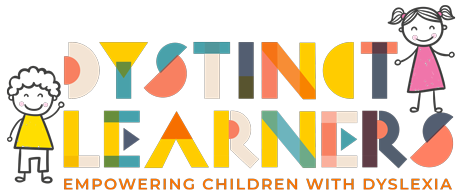The Importance of Early Detection of Dyslexia: What to Look For
Spotting dyslexia in a child’s early years can set them up for success with interventions that greatly enhance educational outcomes. Not only does early identification help to tailor teaching methods according to individual requirements, but it also reduces the emotional and academic difficulties that children may face. You need to know here about recognizing dyslexia in its early stages and intervening promptly.
Understanding Dyslexia in the Early Years
Dyslexia is a common learning difficulty that affects reading, writing, and spelling skills. It does not have any connection with intelligence as some people think; rather, it impairs language processing abilities. Although signs can be seen from infancy onwards, they become more obvious during formal schooling.
Warning Signs
Indications of dyslexia vary widely among different children but there are several common ones including:
- Speech Delay: Kids may begin talking later than their peers or struggle to pronounce words correctly, frequently mispronouncing them.
- Problems Learning Alphabet, Numbers, Colors: Preschoolers with dyslexia may find it harder than normal to learn and remember such basic concepts as alphabets numbers colors etcetera.
- Rhyming Difficulties: Trouble learning nursery rhymes or playing games involving words that rhyme can be an indication of poor phonological awareness which is critical for reading acquisition.
- Word Retrieval Trouble: Frequent pauses or use of fillers like “uh” or “you know” during conversations because they cannot find the right words quickly enough.
- Difficulty Following Instructions: If a series of directions appears difficult to comprehend or track this might not just be due to lack of attention but could represent dyslexia too.
Advantages of Early Intervention
Discovering dyslexia at an early stage has the potential to transform a child’s education Here are some of the main benefits that come with early intervention:
- Tailor-Made Learning Approaches: When detected early teachers can employ teaching strategies that are specific to each child’s needs thereby enhancing their reading and writing skills.
- Increased Self-Esteem: Unanticipated academic challenges often leave kids feeling frustrated and having low self-esteem. Supportive measures during this time help avert such negative emotions by creating opportunities for success and improvement in learning.
- Preventing Complications: Children who receive interventions at an early age are less likely to fall far behind their peers or even fail.
What Parents Can Do
If you suspect your child might have dyslexia:
- Professional Assessment: Seek professional evaluation from experts like pediatric neuropsychologists or speech-language therapists who will conduct thorough assessments on them.
- Engage Teachers in Conversation: Share what you have observed about the child’s difficulties with his/her teachers to find out if they notice similar challenges at school too.
- Push for Assistance: Collaborate with the school where your son/daughter is studying so that they may make necessary changes in curriculum delivery or other areas that will cater to his/her learning requirements better.
A person’s earliest years are vital stages of development and growth. Noticing signs of dyslexia during these times and taking appropriate action can result in significant improvements when it comes to reading, and writing skills as well as overall academic performance. Children who suffer from dyslexia should be given all possible support because they also can make it big if provided with relevant help.
